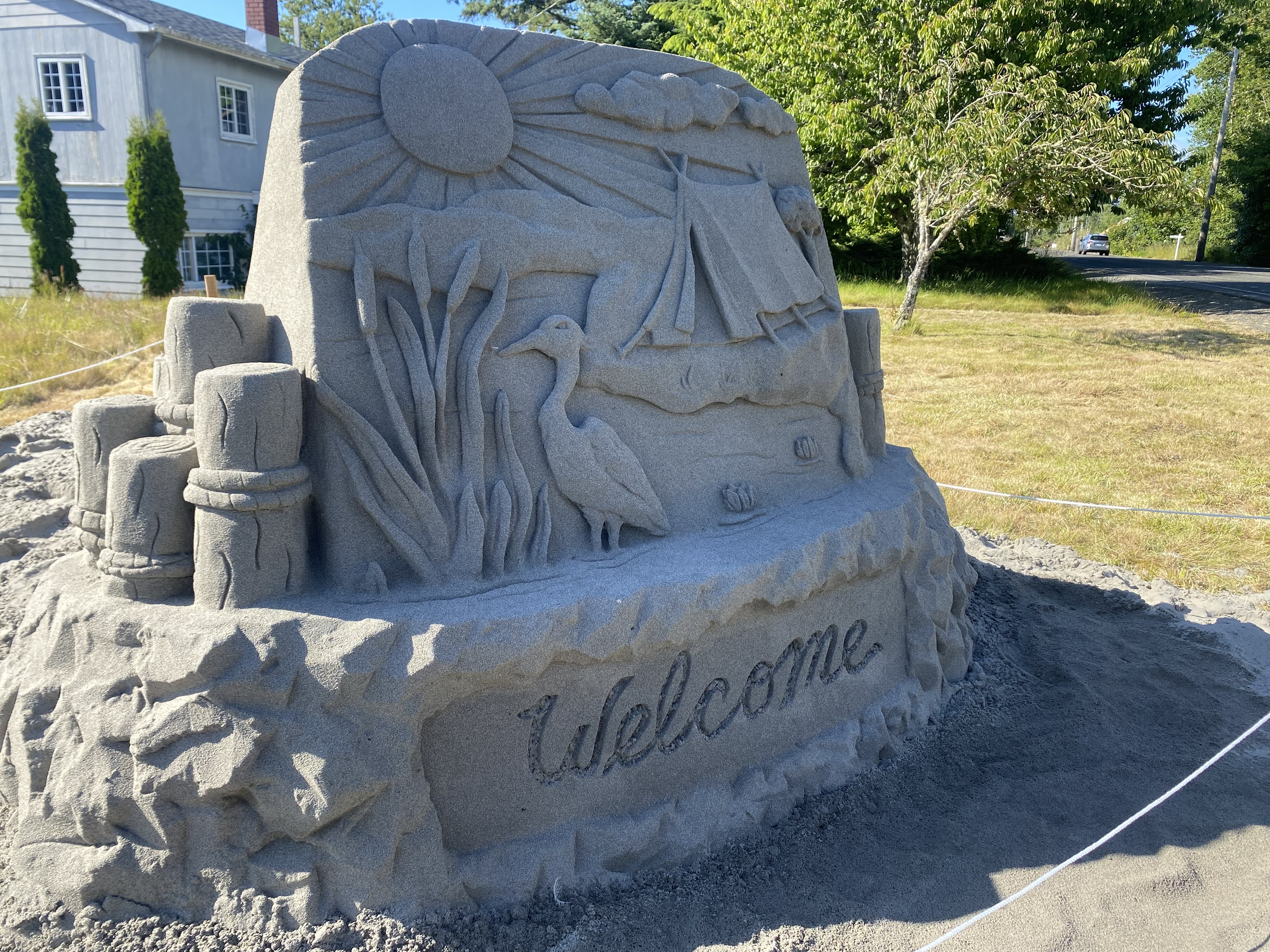Weekend Break: Staying afloat
Published 1:00 pm Friday, May 3, 2024

- Ancient depictions of flotation devices show that they have existed in some form for thousands of years.
For many, the first thing that comes to mind at the mention of water safety is wearing a life jacket.
There are many varieties of life jackets and other personal flotation devices available today. Their earliest forms were invented thousands of years ago.
Hollow gourds and animal skins filled with air were some of the first versions of flotation devices, dating back to ancient times. Users of these would float on top of the item from one place to the next, similar to using an inner tube.
Trending
While it’s hard to pinpoint who created the first modern life jacket, signs point to mariners in the late 18th and early 19th centuries.
Early vests were stuffed with blocks of wood or cork, but neither was durable enough for the wear and tear of life-saving crews. They were also heavy enough that crews ran the risk of breaking limbs — or worse, their necks — when the material hit the water.
A fibrous plant material called kapok replaced most cork life vests in the early 1900s. Kapok, which comes from trees that grow in South America, has a waxy coating that makes it highly buoyant.
The material was most commonly found in the Indonesian archipelago during World War II, when the region was known as the Dutch West Indies. The United States and its Allies lost access to the region and its resources in the midst of war, so the search was on for alternative materials.
Some World War II-era personal flotation devices were instead filled with fibrous glass or carbon dioxide to stay afloat. A closed-cell foam eventually replaced these alternatives as the primary buoyant material.
Today, the U.S. Coast Guard recognizes five types of personal flotation devices.
Trending
The first three types are variations on a life jacket, with Type I being the most protective. Type I flotation devices are meant for rough water and emergent situations and are not common for use in recreation. A user of this type of device could be unconscious and still float with their face up in the water.
Life jackets that fall into Type II are also highly buoyant, but may not keep an unconscious wearer upright. The most common device recreational users see is Type III, which is the life vest typical for activities like swimming, sailing or kayaking.
Types IV and V are less common for recreational users. The fourth type consists of throwable devices, which aren’t practical for rough areas or for users who can’t properly hang on.
Finally, Type V devices are considered for special use and have specific applications for the sport or activity in question.
It’s important to have the right kind of personal flotation device for each person in a group and each situation when out on the water. Be sure to check manufacturer instructions to properly maintain each device.









